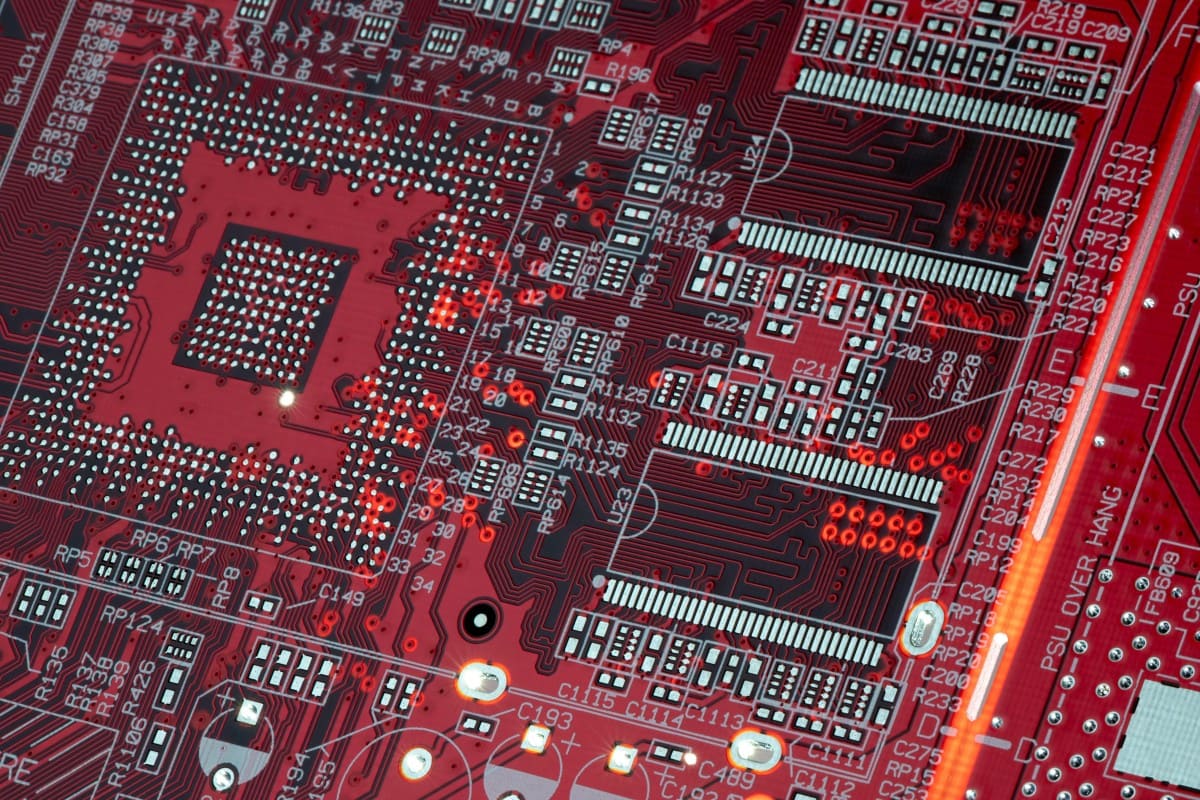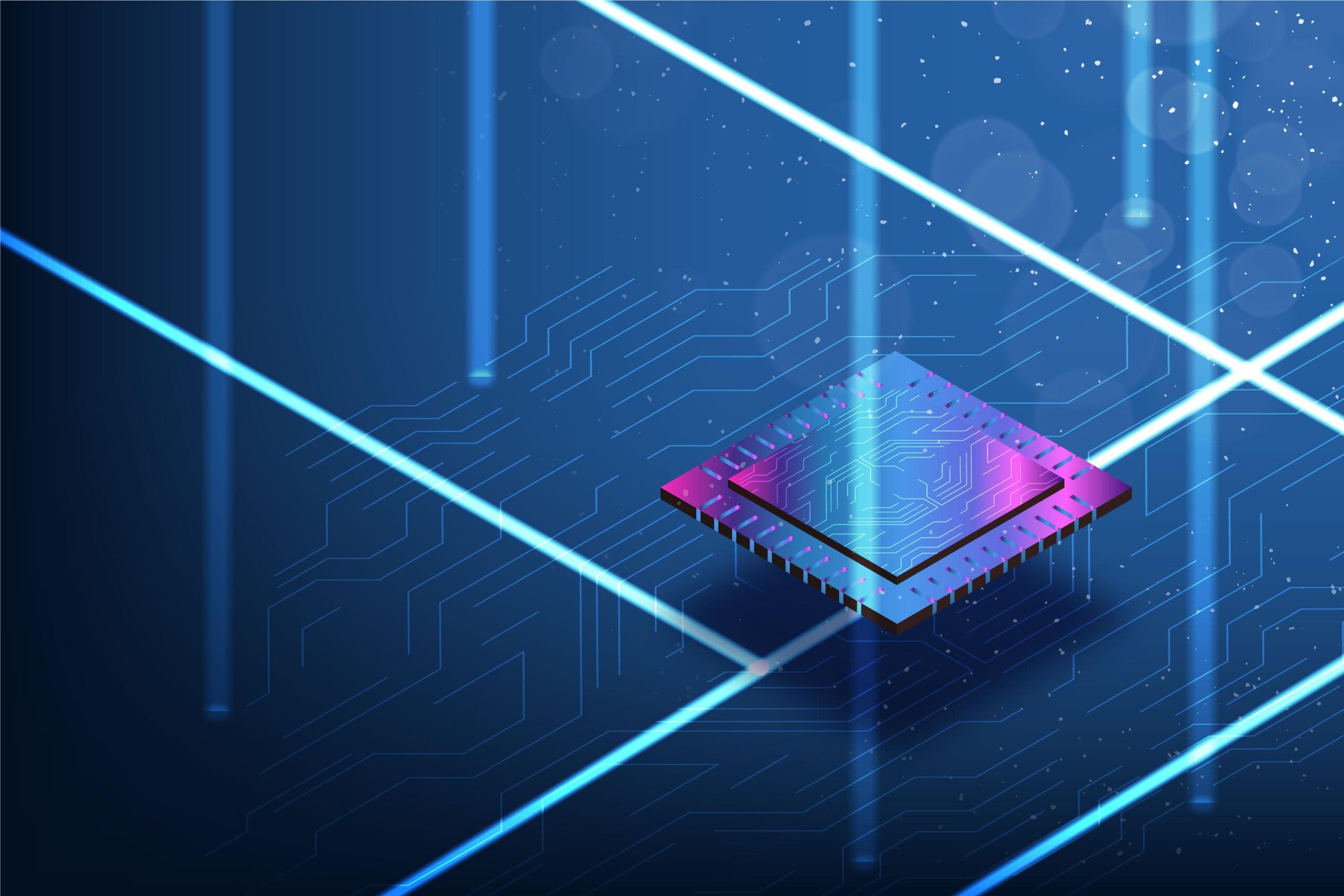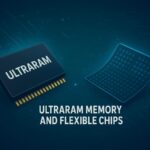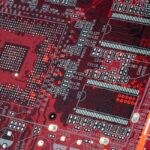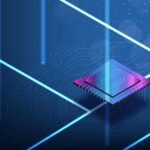Your mindset shapes your body more than your meals. Discover the psychology behind weight management and how positive thinking drives lasting, healthy transformation.
As the semiconductor industry races toward 2nm process technology, traditional EUV lithography faces physical limits in patterning ever-smaller transistors. High-NA EUV lithography emerges as the game-changing solution, offering higher resolution, improved yield, and the capability to power next-generation chips for AI, HPC, and mobile devices. This article explores the differences between EUV and High-NA EUV, the science behind advanced optics, the global adoption race led by ASML, Intel, TSMC, and Samsung, and why High-NA EUV is critical for shaping the future of chipmaking.
Digital burnout is becoming increasingly common in 2025, with endless notifications, social media scrolling, and screen time taking a toll on focus and mental health. Discover how a dopamine detox can help reset your brain’s reward system, reduce anxiety, and restore productivity. Featuring real user stories, case studies, and a step-by-step plan, this guide shows you how to reclaim control over your digital life and enjoy a calmer, more focused lifestyle.
Discover how microwave and mmWave technologies enable IoT networks with high throughput, low latency, and scalability. Explore use cases in smart grids, factories, agriculture, healthcare, and smart cities, along with deployment best practices and future trends.
Flexible electronics are reshaping the future of technology—quite literally. From foldable smartphones and skin-like medical patches to lightweight solar panels and smart clothing, this new wave of bendable, stretchable, and wearable devices is transforming industries. In this blog, we explore how flexible electronics are moving from lab experiments to everyday life, highlight real-world success stories, and take a closer look at the startups leading the charge.
Discover how AI is transforming education in 2025 with personalized learning, virtual classrooms, AI tutors, and inclusive tools. Explore real stories, benefits, and FAQs.
The semiconductor industry is entering a new era with High-NA EUV lithography, capable of printing features as small as 8 nm. Developed by ASML and adopted by Intel and SK hynix, it pushes Moore’s Law forward with 3× transistor density, higher yields, and lower complexity. From powering AI supercomputers to enabling next-gen memory and autonomous driving, the potential is enormous. While challenges like high costs and power demands remain, High-NA EUV is set to become the most transformative chipmaking technology of the decade.
Discover the 10 best AI tools to create professional videos in 2025. From text-to-video generators to realistic AI avatars, explore features, real-world use cases, and direct website links. Perfect for YouTubers, businesses, and creators looking to save time, cut costs, and produce engaging video content effortlessly.
“Poor AI visibility is creating cascade security risks that weaken cyber defense. From shadow AI to unmanaged machine identities, hidden blind spots expose businesses to AI-driven cyber threats. Learn how an AI governance framework, better risk management, and cyber resilience strategies can help organizations stay secure in the AI era.”
Learn about fungal scalp infections (tinea capitis), their causes, symptoms, and treatments. Explore real-life patient stories, antifungal shampoo solutions, home remedies, prevention tips, and FAQs to restore a healthy scalp.
- 1
- 2



